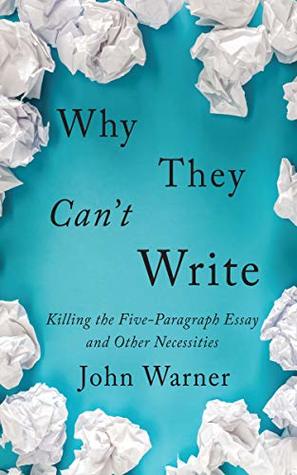The figure below is a picture of some keys: You can tell a lot about a person by their keys. Imagine these keys have been left behind by a “person of interest” to a crime and you have been hired to do a profile of this person in order to better understand who they are, as well as their attitudes and beliefs. Assume that any identifying information that could lead the authorities to this person has been exhausted. All we have are the keys and whatever you can glean from them. This is how Sherlock Holmes works to solve mysteries: he makes observations no one else can see and then draws
The figure below is a picture of some keys: You can tell a lot about a person by their keys. Imagine these keys have been left behind by a “person of interest” to a crime and you have been hired to do a profile of this person in order to better understand who they are, as well as their attitudes and beliefs. Assume that any identifying information that could lead the authorities to this person has been exhausted. All we have are the keys and whatever you can glean from them. This is how Sherlock Holmes works to solve mysteries: he makes observations no one else can see and then draws inferences from these “hidden” observations. Your next experience is to practice this method, not to solve a mystery, but to understand a person . . . and to see the limits of observations in drawing those conclusions. PROBLEM Based on very little information, you need to try to describe a person who is a stranger to both you and your audience. AUDIENCE A nosy, curious person who is looking for insights into the subject of your study. Think of them as a client. PURPOSE The purpose of the writing is to catalog your observations and inferences in a way that will be understandable and accessible to your audience. PROCESS 1. Observe. Spend about ten minutes looking at the keys. Write down as many different observations as you can. Observations are directly observable facts, such as: there are two regular keys, two car keys, and one keychain. Don’t make any judgments about these observations; simpl...
...more
This highlight has been truncated due to consecutive passage length restrictions.


